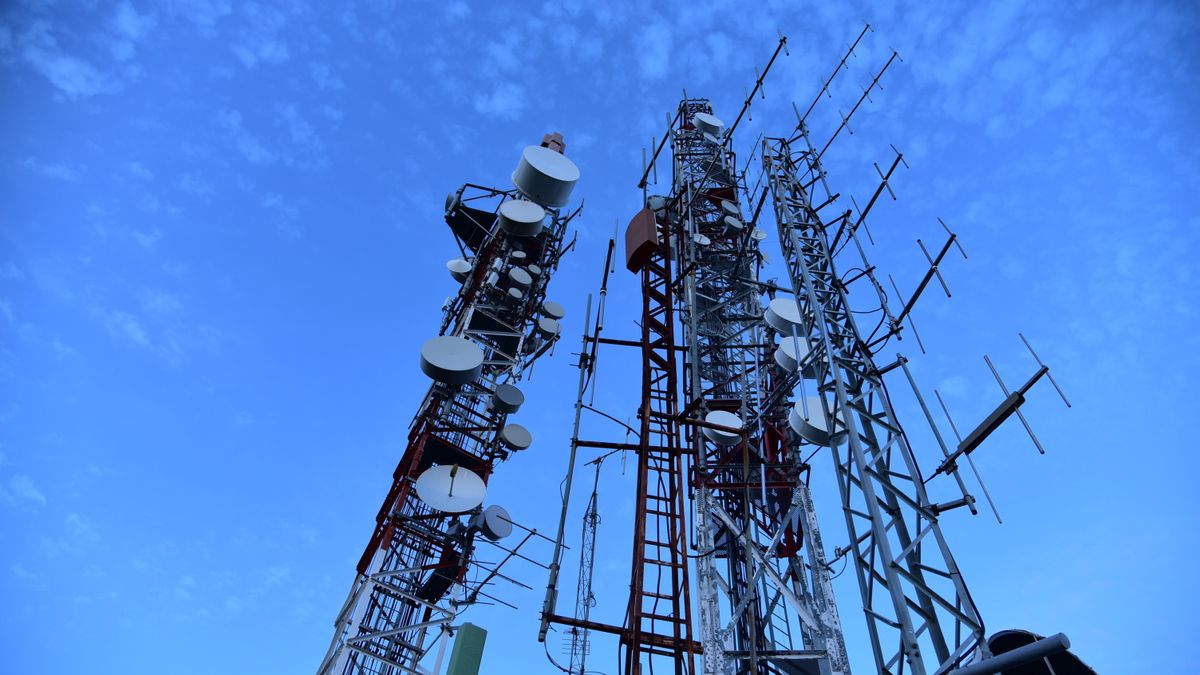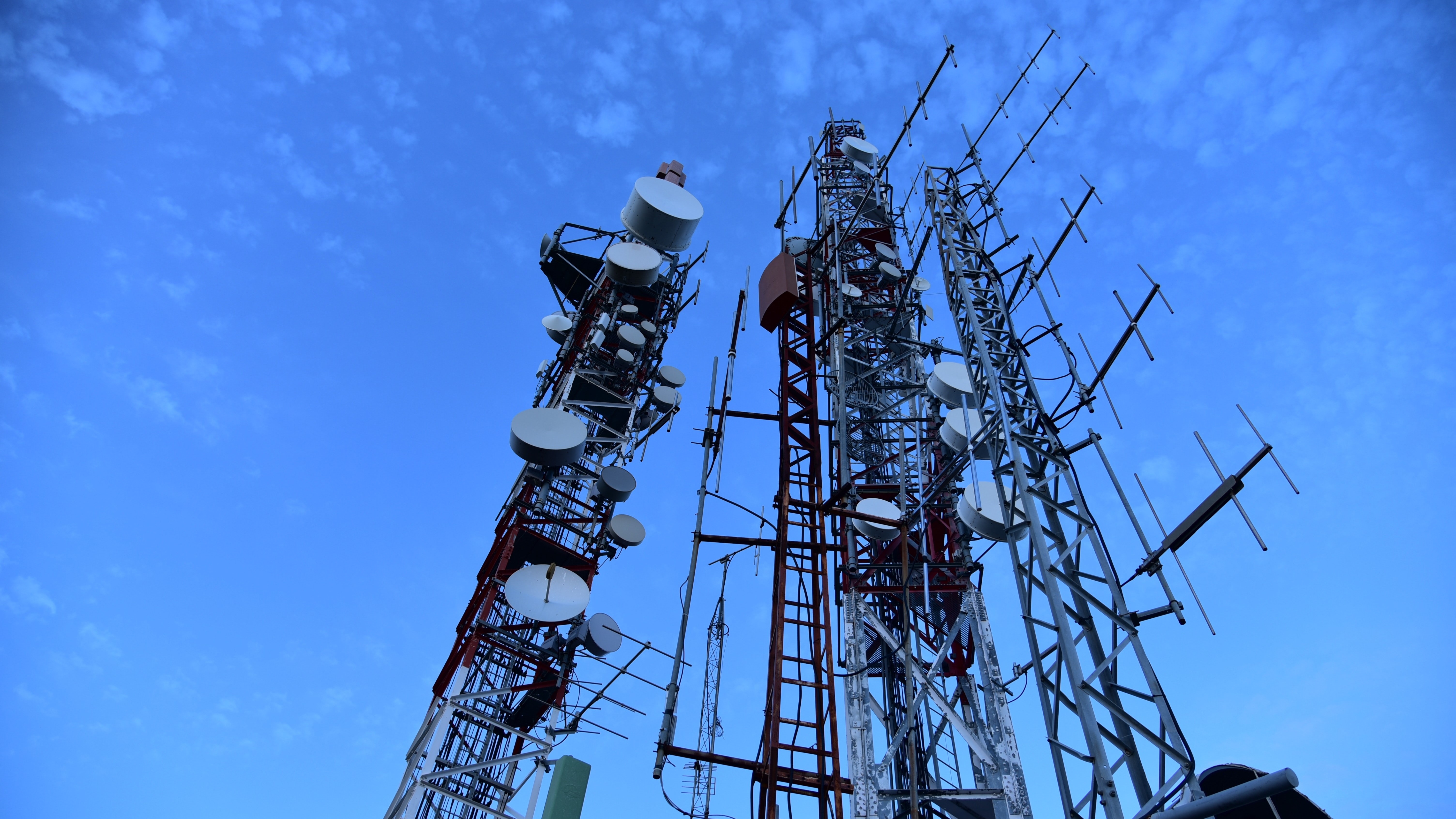Phasing out 3G networks should be the least of utilities’ concerns


As the UK heads towards the planned closure of 2G and 3G mobile networks in 2033, concerns have been raised about the impact on smart meters. The Public Accounts Committee estimates that around seven million smart meters will be rendered inoperable by the withdrawal of 3G networks.
This issue is important because smart meter readings are crucial to improving the efficiency, sustainability and cost-effectiveness of the electricity network. Using half-hourly data from these meters is expected to save consumers between £1.6 billion and £4.5 billion on their energy bills by 2045.
However, the potential decommissioning of smart meters should not be the primary concern for utilities. A more pressing issue is their reliance on outdated Time-Division Multiplexing (TDM) systems, a communications method used to control and monitor critical grid infrastructure. It is widely accepted that these systems lack the precision and e-bandwidth needed to run modern, efficient electricity grids.
Head of Mobile Networks Europe at Nokia.
The importance of flexibility
With the drive to decarbonise economies, installed renewable energy capacity is expected to grow significantly by 2050. The transition to renewable energy sources (RES), combined with economic and population growth, will increase electricity demand – by 40 per cent from 2020 to 2030 and doubling by 2050.
Wind power and solar radiation are not consistent from hour to hour. The energy production of solar and wind farms in Europe fluctuates between 0 to 23 and 24 GW of energy respectively during peak times. This variability poses a challenge when integrating these energy sources into the grid.
To manage this uncertainty of supply, utilities must focus on becoming more flexible and scalable to handle the constant fluctuations in grid power availability, and at the heart of that is their communications. Legacy TDM systems are designed to operate with a fixed number of channels and time slots, limiting the flexibility to adapt to changes in an application’s communications needs.
In contrast, wireless, dispersed private networks provide the adaptability needed to respond to changing demands without extensive infrastructure changes. These networks can be scaled up or down as needed, allowing utilities to effectively track and manage Scope 1, 2, and 3 emissions. These networks have ubiquitous connectivity across large campuses, indoors and outdoors, providing superior connectivity regardless of geographic parameters.
Economic benefits of large-scale private wireless networks
While the initial investment in setting up a private wireless network can be substantial, the long-term savings and returns are significant. According to Nokia’s Industrial Digitalization Report 2024, enterprises are increasingly using private wireless networks for use in industrial sites, such as power plants and utilities. Of these enterprises, 93% achieved ROI within 12 months, with some seeing returns in as little as one month. These savings are largely due to improved operational efficiency and lower total cost of ownership.
The role of private network operators
The importance of dedicated spectrum bands for the utilities sector has been highlighted by Ofcom. Spectrum bands such as 410 MHz, 450 MHz and 700 MHz are crucial to supporting future operational communications needs, particularly for Advanced Metering Infrastructure (AMI). These dedicated bands ensure that utilities have the bandwidth they need to support critical applications. However, legacy TDM systems do not utilise existing bandwidth. Within legacy TDM systems, certain time slots may remain unused if no signals are transmitted during a particular slot.
In contrast, private network operators can provide tailored solutions to utilities, ensuring seamless integration with wide area networks (WANs), local area networks (LANs), and neighborhood area networks (NANs). This integration supports different applications with different requirements, providing a flexible and reliable communications infrastructure for utilities that leverages the full breadth of bandwidth available to utilities.
Adaptability of private wireless networks
Private wireless networks provide a future-proof solution that can evolve with technological advancements, such as the transition to 5G. This adaptability ensures that utilities remain at the forefront of technological innovation, unlike older TDM systems that are left behind due to a fixed number of channels and time slots that divide bandwidth. Private wireless networks can be continuously upgraded to support new standards and technologies, ensuring long-term viability and relevance.
The 3G network phaseout, while significant, should not keep utilities awake at night. The greater challenge lies in the continued reliance on legacy TDM systems. By focusing on the adoption of long-range private wireless networks, utilities can ensure flexibility, sustainability, and scalability. This shift not only addresses the immediate challenges of the 3G shutdown, but also positions utilities for long-term success in a rapidly changing technology landscape.
We have highlighted the best WAP for you.
This article was produced as part of TechRadarPro’s Expert Insights channel, where we showcase the best and brightest minds in the technology sector today. The views expressed here are those of the author and do not necessarily represent those of TechRadarPro or Future plc. If you’re interested in contributing, you can read more here:




